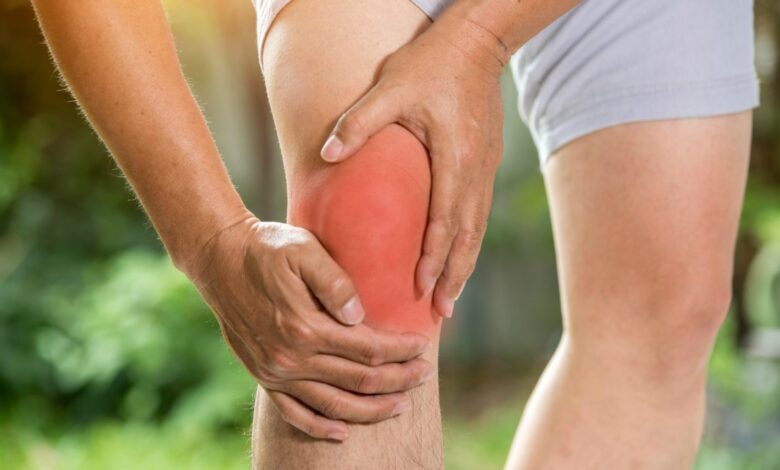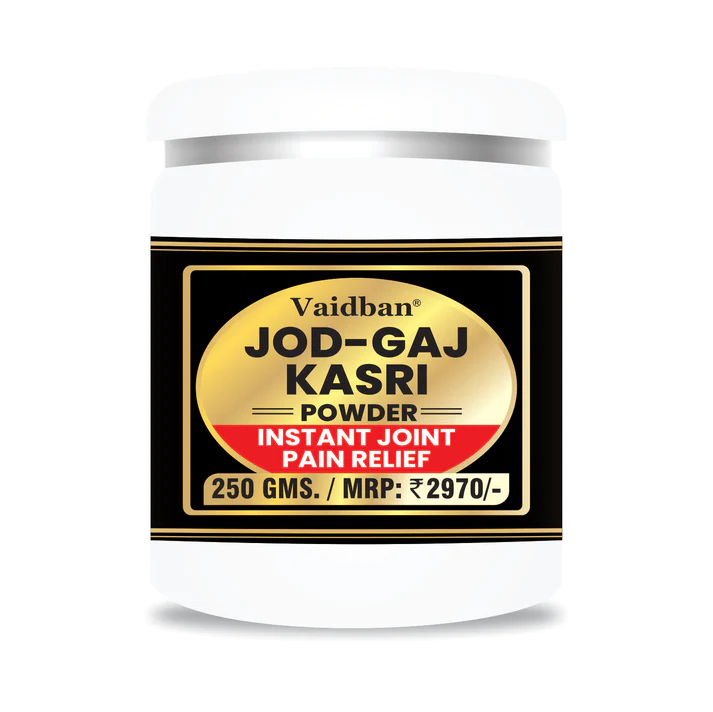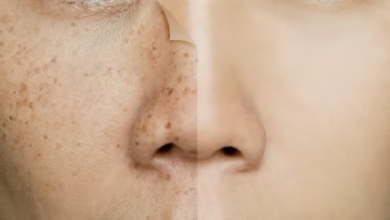Why The Summer Heat Can Cause Joint Pain

Joint pain affects millions worldwide, often exacerbated by various environmental factors. A less recognized yet significant trigger is the summer heat. Understanding the link between hot weather and joint discomfort can help in managing symptoms effectively.
The Science Behind Heat and Joint Pain

During the summer, the rise in temperatures can lead to increased blood circulation, which in theory aids in healing. However, this can also result in enhanced inflammation around the joints, causing pain and swelling. Furthermore, dehydration, a common issue during hot weather, diminishes the lubrication in joints, leading to increased friction and discomfort. The warmer months also encourage more outdoor activities, putting additional stress on joints already vulnerable to pain.
How Humidity Affects Joints
Humidity worsens the situation by making it difficult for the body to cool itself through perspiration, leading to overheating increased joint pain for those with chronic conditions like arthritis. Scientifically, humidity can cause the barometric pressure to drop, which allows tissues to expand and further contributes to swelling and pain in the joints.
Tips to Manage Joint Pain in Summer
1. Stay Hydrated:

Adequate hydration is crucial, especially in summer when dehydration can exacerbate joint pain. Drinking sufficient water helps maintain the necessary lubrication in your joints, reducing friction and discomfort. Aim for at least eight glasses a day and consider beverages that aid hydration like coconut water or herbal teas that can also offer additional health benefits.
2. Cool Environments:
In high temperatures, keeping your living and working spaces cool is vital. Use air conditioning, fans, or even cool baths to lower your body’s core temperature. This can prevent overheating and reduce the inflammation associated with joint pain. Light, breathable clothing and staying indoors during peak heat hours can also help manage your comfort levels.
3. Low-Impact Exercises:

Engaging in low-impact exercises such as swimming, water aerobics, or cycling can significantly reduce the strain on your joints. These activities offer resistance without the harsh impact of harder surfaces, making them ideal for maintaining fitness while protecting vulnerable joints. Regular exercise also helps in managing body weight, further decreasing joint Pain.

4. Anti-inflammatory Diet:

Eating a diet rich in anti-inflammatory foods can significantly impact your joint health. Include omega-3 fatty acids found in fish like salmon and flaxseeds, antioxidants from berries and leafy greens, and essential vitamins from nuts and whole grains. Such a diet not only helps reduce joint inflammation but also supports overall health.
high temperatures, keeping your living and working spaces cool is vital. Use air conditioning, fans, or even cool baths to lower your body’s core temperature. This can prevent overheating and reduce the inflammation associated with joint pain.
Conclusion While summer brings fun and sun, it can also bring discomfort for those experiencing joint pain. By understanding the effects of heat and humidity on your body and taking appropriate measures, you can enjoy the warmer months more comfortably.
If you have any queries related to medical health, consult Subhash Goyal or his team members on this given no +91 99150 72372, +91 99150 99575, +918283060000



